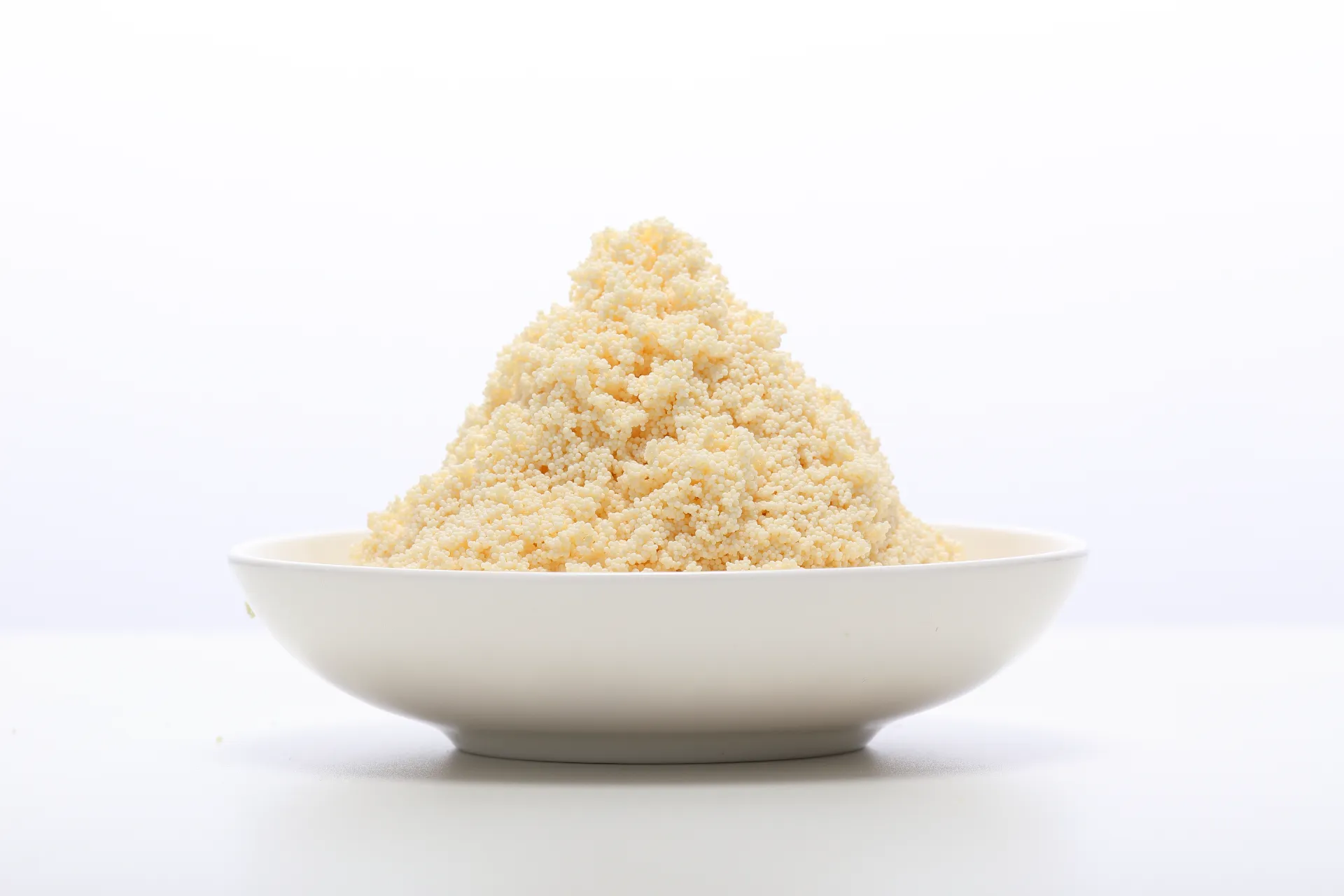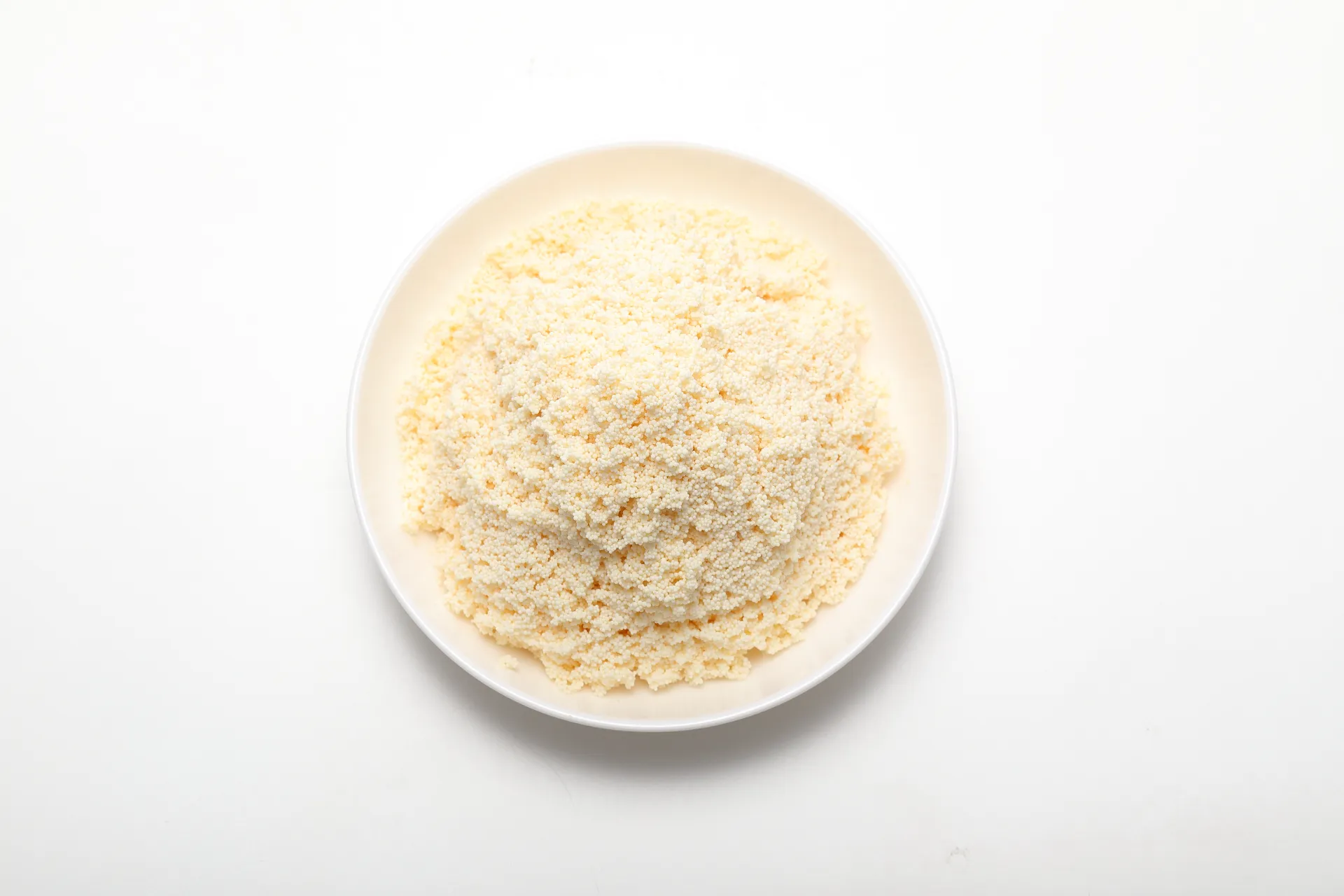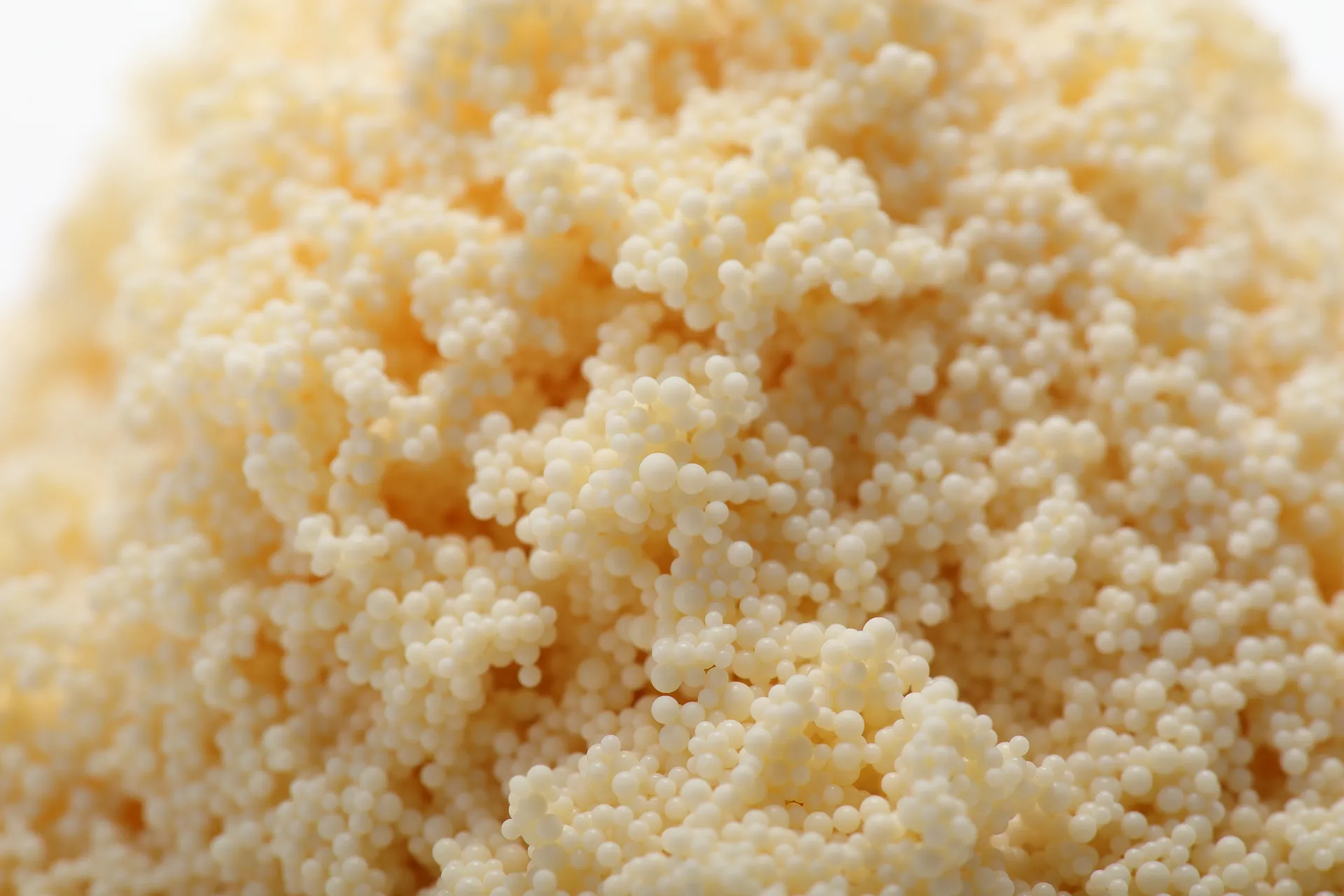A practical look at D113 FC — the workhorse for alkalinity control
If you treat industrial water for a living, you already know the quiet hero in a lot of decarbonization trains: the weak acid cation exchange resin. Today I’m focusing on D113 FC from Liji Resin. It’s an acrylic matrix with carboxylic functional groups (–COOH), purpose-built to strip bicarbonate/carbonate hardness. In plain terms: less alkalinity, smoother downstream demin, and lower acid bills. To be honest, many customers tell me it’s the most “boring” piece of kit—until it isn’t.

What’s trending in WAC resins
Three things I’m seeing: 1) shift to acrylic matrices for better fouling resistance in organic-rich waters; 2) tighter bead size distribution for lower pressure drop; 3) more facilities pairing WAC before SAC to cut chemical consumption by 20–40% in real plants (your mileage may vary). Surprisingly, zinc/nickel recovery is picking up, especially where wastewater fees are biting.
Core specifications (D113 FC)
| Matrix / Functional group | Acrylic, macroporous / Carboxylic (–COOH) |
| Total capacity | ≈ 4.0–5.2 eq/L (real-world use may vary with alkalinity load) |
| Moisture content | 45–55% |
| Particle size (typ.) | 0.6–1.2 mm; uniformity coeff. ≈ 1.6 |
| Operating pH / Temp | pH 4–10; up to ~60°C in H+ form |
| Recommended regeneration | HCl 4–8% or H2SO4 2–4%; co- or counter-current |
| Service life | 3–7 years, depending on fouling control and cleaning |

Where it shines
– Industrial water: removal of bicarbonate/carbonate hardness before SAC/RO; boiler feed conditioning.
– Metals: zinc/nickel waste recovery and polishing of rinse waters.
– Bioprocess: separation/fine purification steps (with careful cleaning protocols).
– Beverage and pharma utilities: alkalinity trimming to stabilize downstream pH control.
Process flow (field-proven, simple)
Materials: D113 FC beads, food-grade acid (as applicable), backwash/air scour utilities, PVC/FRP vessel.
- Pre-rinse and classify (gentle backwash, ≈50–70% bed expansion).
- Service: feed alkalinity-rich water; monitor alkalinity leakage and differential pressure.
- Regeneration: dose acid (counter-current recommended for higher efficiency), slow rinse, then fast rinse to conductivity setpoint.
- Periodic cleaning: brine/acid combinations if organics/iron appear; test per ASTM methods.
Testing standards often cited by end users: ASTM D2187 (physical), ASTM D2656 (capacity), and potable-contact checks aligned with NSF/ANSI 61 when relevant. QA under ISO 9001 helps keep batches consistent.
Vendor snapshot (quick, honest take)
| Vendor | Origin | Certs | Lead Time | Customization |
|---|---|---|---|---|
| Liji Resin D113 FC | NO.2 East Jianshe Road, High-Tech Industrial Development South Zone, Wei County, Xingtai, Hebei, China | ISO 9001; lot-wise QC; optional NSF alignment | ≈ 2–4 weeks | Bead size, porosity, packaging |
| Supplier A (generic) | EU | ISO 9001, 14001 | 3–6 weeks | Limited SKUs |
| Supplier B (regional) | APAC | ISO 9001 | 2–8 weeks | Custom volumes, basic |
Customization and support
Options include tighter particle sizing for low-pressure systems, tailored moisture window for shipping climates, and packaging from 25 L bags to 1 m³ totes. I guess the real value is in commissioning support: setting leakage alarms and dialing regeneration dose to the actual alkalinity profile.

Field notes (mini case studies)
– Power plant, 120 m³/h make-up: adding D113 FC before SAC cut acid use ≈ 32% and extended run length by ~18%. “Leakage flattened out—less chasing pH,” the utility lead said.
– Electroplating line: WAC stage recovered nickel from rinse, dropping discharge surcharges by ~25% and paying back in 11 months.
– Bioprocess utility water: with gentler acid and routine backwash, capacity stayed within 92–95% of nameplate after 18 months.
Final thought: for decarbonization, a properly selected weak acid cation exchange resin like D113 FC often pays for itself in saved chemicals and calmer ops. Not flashy—just effective.
References
- ASTM D2187 – Standard Test Methods for Physical and Chemical Properties of Ion-Exchange Resins.
- ASTM D2656 – Determination of Ion-Exchange Capacity of Cation-Exchange Resins.
- NSF/ANSI/CAN 61 – Drinking Water System Components—Health Effects.
- ISO 9001:2015 – Quality Management Systems Requirements.
- IUPAC Gold Book – Ion exchange definitions and terminology.
Hebei Lijiang Biotechnology Co., Ltd, is a new material manufacturer specializing in the production of high-performance special ion exchange resins.mixed bed resin suppliers It is a modern high-tech enterprise that integrates the research and development,production, sales, and service of resin materials and resin terminal products.ion exchange resin The company is committed to producing high-quality industrial grade, food grade,pharmaceutical grade, and nuclear grade resins.cation exchange resin It has passed ISO9001 management certification,SGS certification, and WQA international certification from the American Water Quality Association, and has obtained a national food hygiene license. Food grade resin products comply with FDA standards in the United States.super blog